Treat yourself to the beauty of theses Amazing fields of flowers! From monotone deserts that transform overnight into kaleidoscopes of colour to magical bluebell carpeted forests straight from a fairytale. Let us take your eyes on a journey of beauty and hopefully inspire you to add a few of these sights to your bucket list.
Go ahead and share with us any places where you have seen amazing fields of flowers in the comments below.
1. Pata de Guanaco (Cistanthe grandiflora) the Atacama Desert, South America
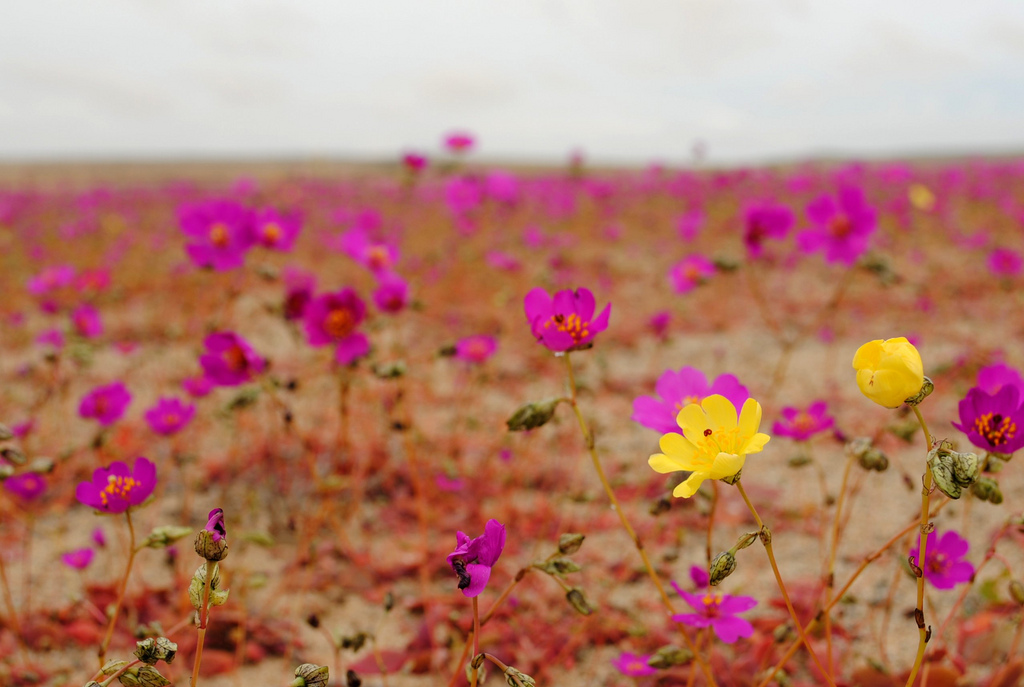
Photo courtesy of Joselyn Anfossi Mardones( CC )
The Atacama Desert is one of the driest places on Earth. According to the Encyclopaedia of Earth, there are around 550 species of plants living in the Atacama Desert with over 60% being endemic.
Early in 2015, the Atacama Desert received a significant amount of rain, seven years worth of rain fell in twelve hours. Sadly as a result of the storm, people were killed, and thousands were left homeless.
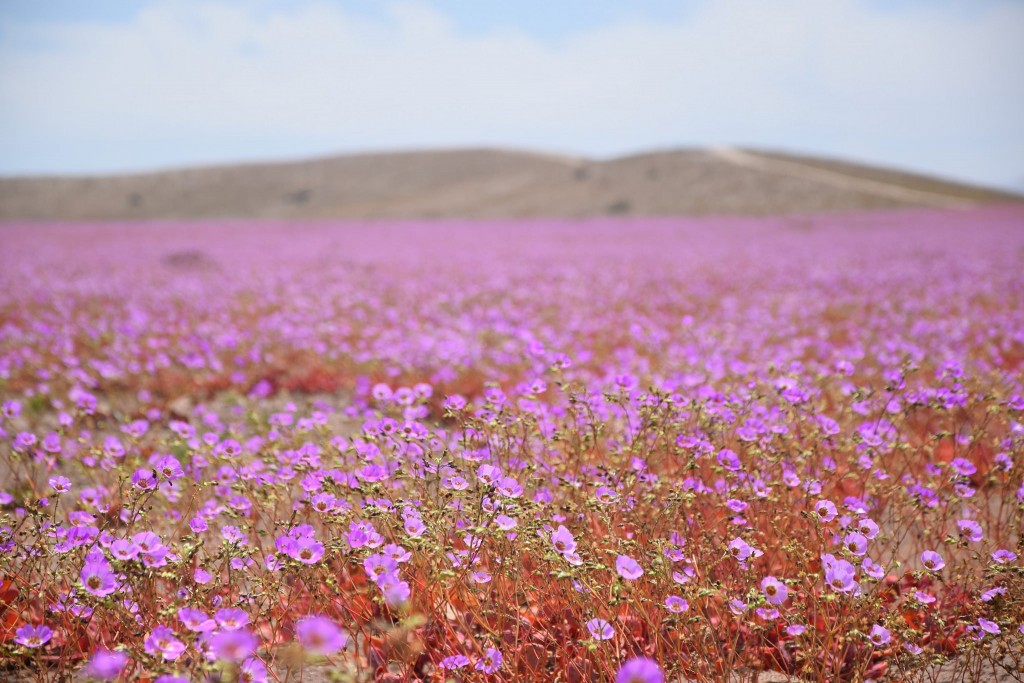
Photo courtesy of Juan Benavente Baghetti( CC )
The unusual amount of rain caused death and destruction, but it also gave life. Spring 2015 saw the usually dry and desolate looking landscape transform into a bright and vibrant landscape of pinks and purples.
The Pink Cistanthe grandiflora and hundreds of other flowering species emerged in a rare display called “Desierto Florido” or ” Flowering Desert”.
By the end of 2015, the desierto florido was over, and the landscape returned to its usual state.
![]() Check out the Atacama Desert Facebook page, a great place to keep up to date on the Atacama Desert.2.
Check out the Atacama Desert Facebook page, a great place to keep up to date on the Atacama Desert.2.
2. Californian Poppy (Eschscholzia californica) Antelope Valley California Poppy Reserve, USA
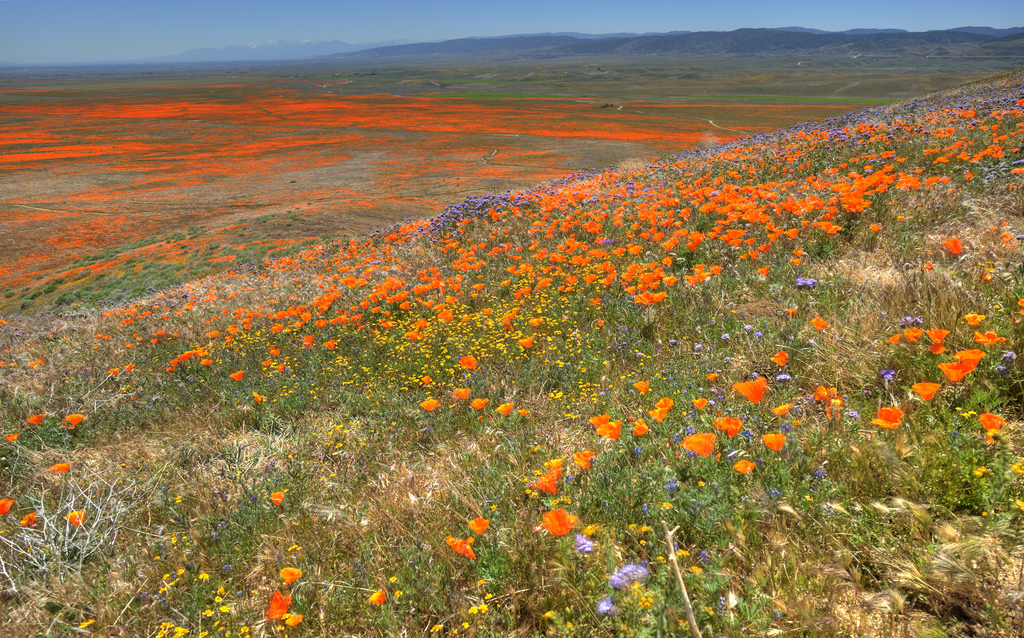
Photo courtesy of Anita Ritenour ( CC )
The Californian Poppy is native to the US and Mexico and is the official state flower of California. Antelope Valley California Poppy Reserve is a 1745 acre reserve that turns into a sea of orange during peak flowering season.
The dominant flower, of course, is the Californian Poppy but also you can see flowers such as the Purple Lupine, Goldfields, Owl Clover, redstem filaree and much more
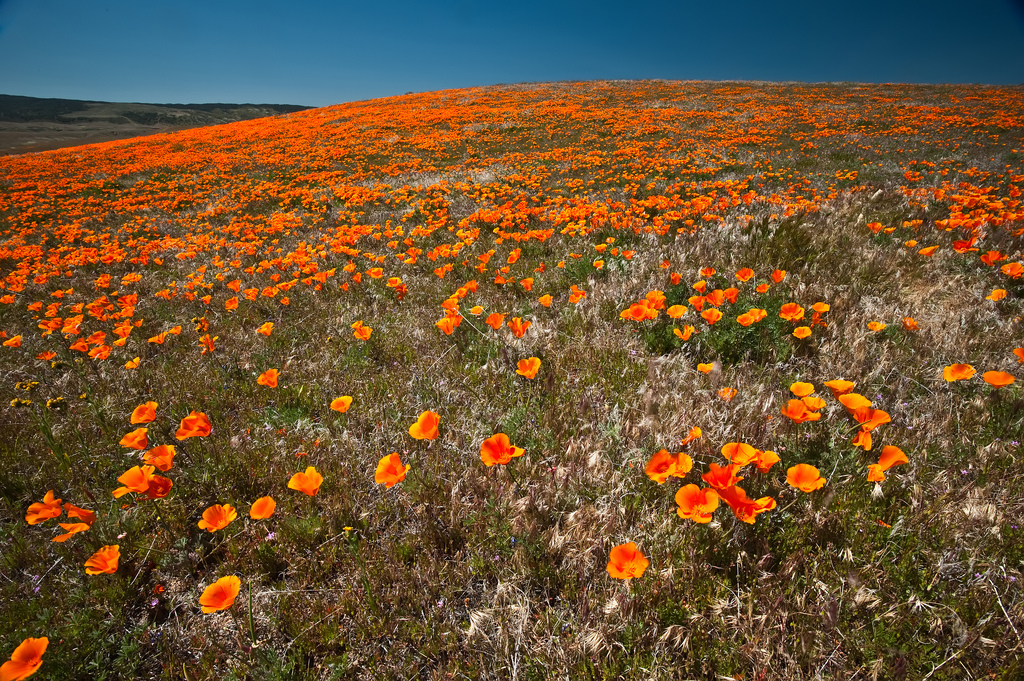
Photo courtesy of Anita Ritenour ( CC )
California state parks exclude grazing from livestock, and it does not water or stimulate the flowers in any way, the Reserve remains in its natural state. Every single flower in the Antelope Valley California Poppy Reserve is protected, picking them is prohibited.
Watch out for Rattlesnakes, be prepared for gusty winds and take note that every single flower in the Antelope Valley California Poppy Reserve is protected, picking them is prohibited!
![]() Check out the AVCPR Facebook page for the latest poppy gossip at Antelope Valley California Poppy Reserve.
Check out the AVCPR Facebook page for the latest poppy gossip at Antelope Valley California Poppy Reserve.
3. African Daisy (Arctotis) Namaqualand, South Africa
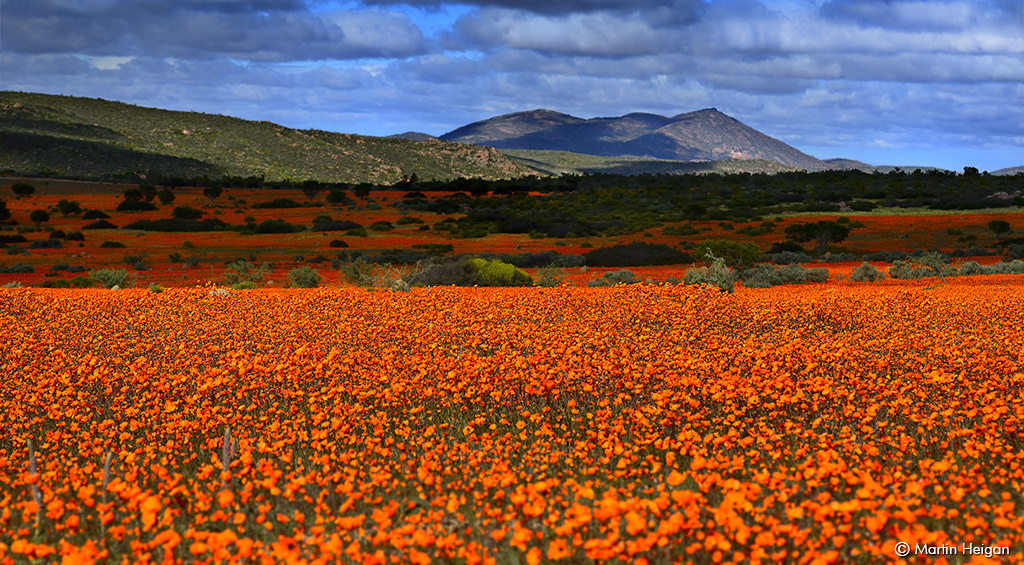
Photo courtesy of Martin Heigan ( CC )
Namaqualand is part of the Succulent Karoo and is an arid region of South Africa and Namibia. An estimated 3500 plant species that live in this dry place with around 1000 being endemic to the Namaqualand. The early Spring brings the South African daisy season, a very short period that transforms this arid land into an incredible rainbow of colours. Namaqua National Park resides inside Namaqualand and is one of the best places to see the spectacular spring flower displays and also conserves some of the world’s richest succulent.
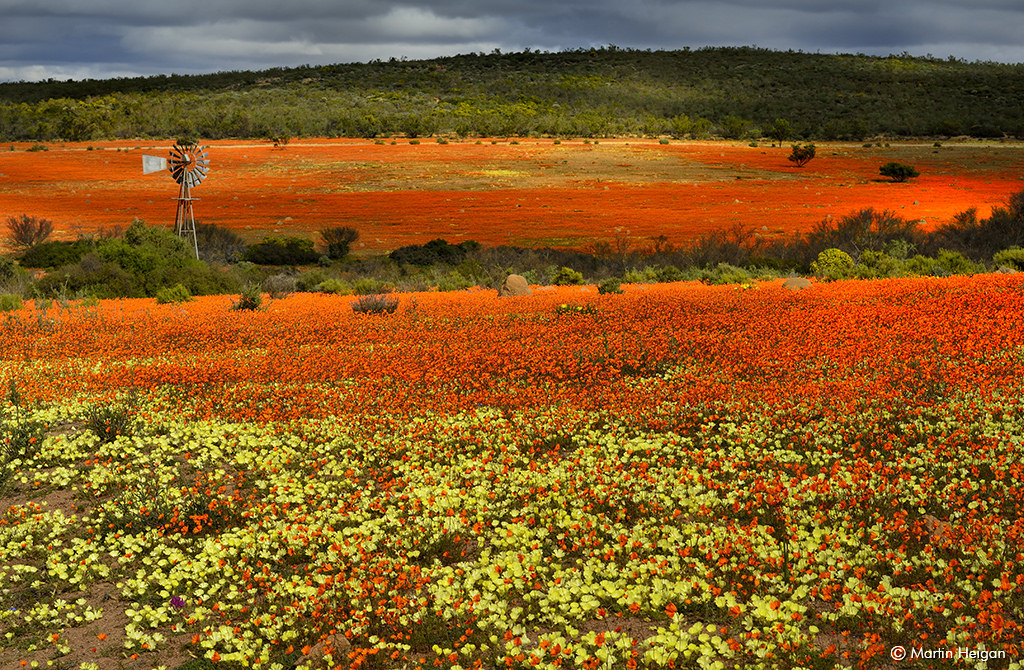
Photo courtesy of Martin Heigan ( CC )
The African Daisy is native to the arid, rocky slopes of Southern Africa where they bloom in many different colours for only a couple of weeks each year. The African Daisy is a loose term for the many plants with daisy-like flowers that appear throughout spring in Southern Africa which include Dimorphotheca, Osteospermum, Gazania, Senecio andArctotis. The genus Arctotis only has a mere 50 species in Southern Africa with the predominant species being the orange to cream coloured Arctotis fastuosa.
![]() Check out the South Africa national parks facebook page for all the right stuff on Namaqua and other amazing national parks
Check out the South Africa national parks facebook page for all the right stuff on Namaqua and other amazing national parks
4. Bluebell (Hyacinthoides non-scripta) Ashridge Estate, UK
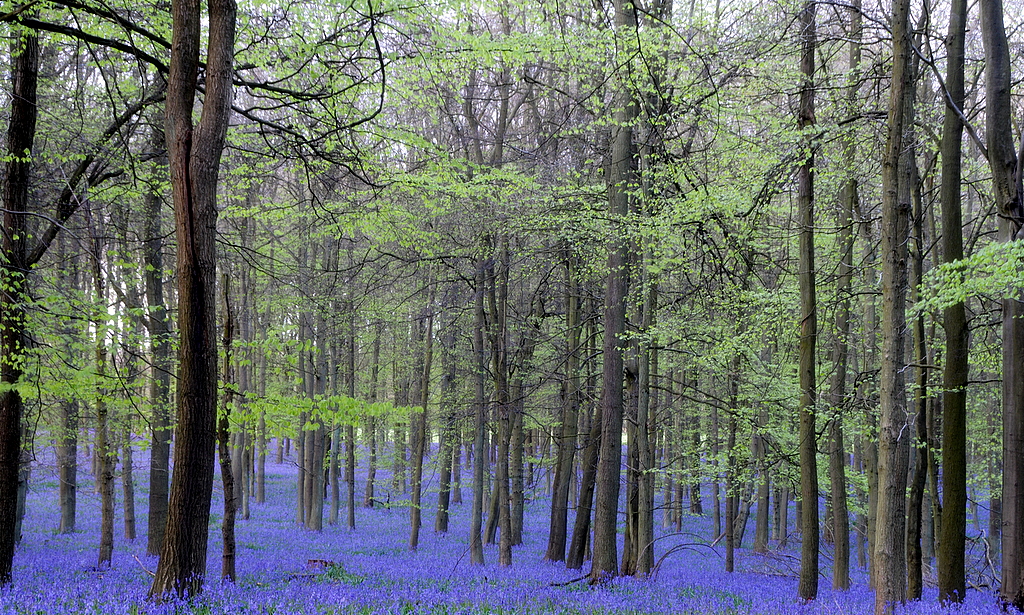
Photo courtesy of Ken Douglas ( CC )
Less than an hour’s drive, Northwest of London you will find the Ashridge Estate, which is now owned by the UK National Trust. The Ashridge Estate is a 5000-acre property and is one of the best places in the world to see living carpets of the Common Bluebell. According to the National Trust property manager, Graeme Cannon, the UK has between 25 to 50 percent of the world’s population of Bluebells. The first shoots of the Bluebells appear in January, and the flowers bloom for a very short period from April to May. Unfortunately, the Native Bluebell is now being threatened by not only people but also the Spanish Bluebell, which produces little to no scent compared to the Common Bluebell.
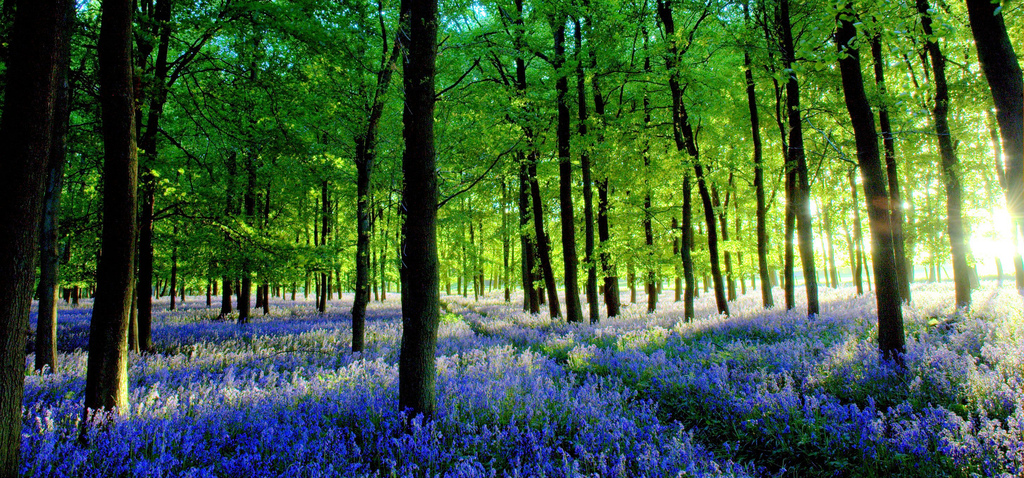
Photo courtesy of Ken Douglas ( CC )
Ashridge Estate is also home to other flowers like the wild garlic, lesser celandine, wood sorrel and dog-violets and if you are quiet enough then you may see some Fallow Deer, woodpeckers and bats. Ashridge Estate is rich with history from ancient sites to training grounds for both WW1 and WW2 soldiers. More recently Ashridge Estate has also played host to many different film crews and the Ashridge woods themselves were the real location for the Enchanted Forest in the movie “Maleficent (2014)” and “Into the Woods (2015)”.
![]() Connect with UK National Trust and stay up to date on Ashridge Estates events and a stack of other exciting stuff
Connect with UK National Trust and stay up to date on Ashridge Estates events and a stack of other exciting stuff
5. Indian Paintbrushes (Castilleja spp.) and Texas Bluebonnets (Lupinus spp.) Texas
A common sight in some parts of Texas are the Indian Paintbrushes and Texas Bluebonnets. The Texas Bluebonnet is a biennial plant endemic to Texas and is also the chosen State flower (includes five species of the Lupinus). Only a small portion of Texas has the prime soil and climate for the Bluebonnets so the best place to start would be Ennis, Texas, the official Bluebonnet city of Texas and the best time of year is between Mid-March and Mid-April. Apart from their great looks, the Bluebonnets are natural fertilisers by improving levels of nitrogen in the soil which is needed for most crops and grass for livestock.
The Indian Paintbrush is also known as the Texas Paintbrush and a few other paintbrush names, they are a red to orange colour and Bloom time is from March to May. The flowers of the Indian Paintbrush were often consumed by the Native American’s as a side dish with fresh greens as well as many other uses such as a treatment for sexually transmitted diseases, immune system enhancer and treatment for rheumatism. However, they can be potentially toxic if the roots or green parts of the plant are consumed.
![]() Check out the Ennis Convention and Visitors Bureau Facebook for more information on their wildflowers.
Check out the Ennis Convention and Visitors Bureau Facebook for more information on their wildflowers.
6. Red Field Poppy (Papaver rhoeas) France
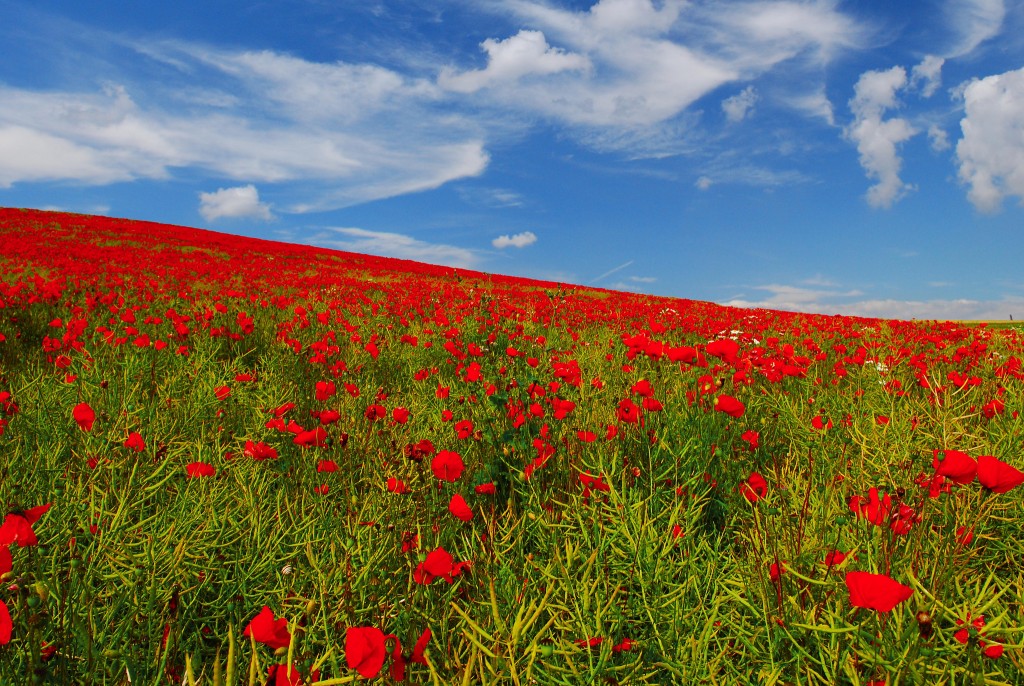
Talk to any French farmer and they will most likely tell you that the poppies you see throughout France during late spring are an invasive weed. Although it may appear that French farmers are growing this poppy in their fields as a crop, they are not. The only species of Poppy to be grown as a crop on a large scale would be the Opium poppy (Papaver somniferum) used in making morphine, codeine and illegal drugs, but it’s illegal to cultivate in most developed countries.
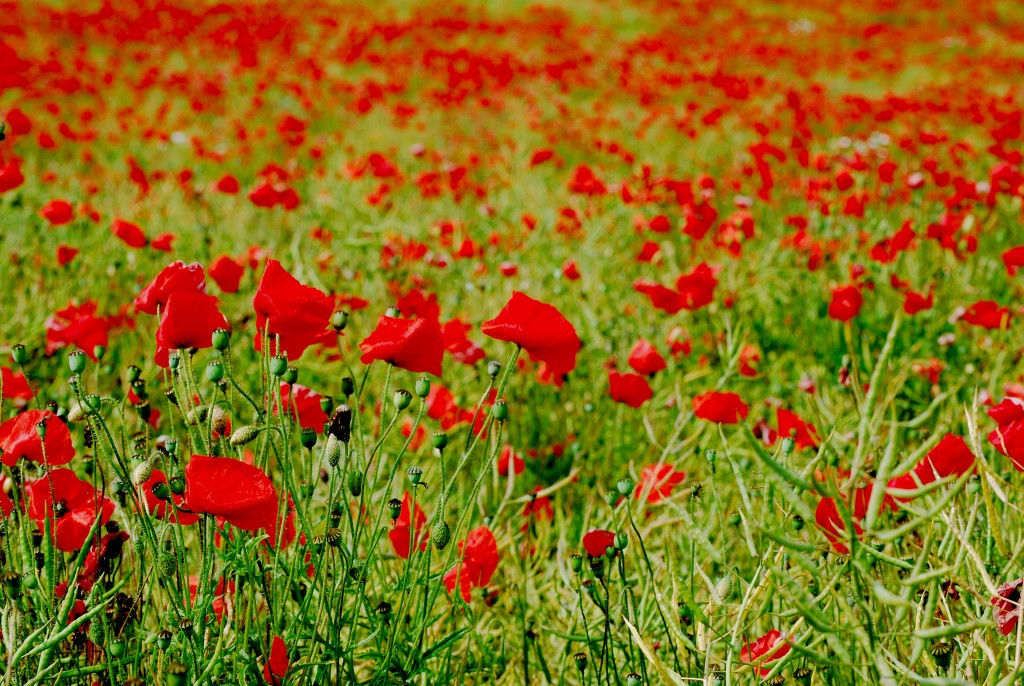
Apart from being a problem for farmers, the red field poppy is the internationally recognised symbol of remembrance. The spring of 1915 saw the red field poppy sprout from the battle scared ground around the front lines of France and Belgium. The Field Poppy seeds can lie dormant in the ground for a very long time, and once the seeds were disturbed by the troops digging in and the aftermath of countless explosions. Poppies can still be seen on the old battlefields of Northern France and Belgium, more so in clumps rather than full fields of poppies due to farming.
![]() Check out the Discover France Facebook for more information on their wildflowers.
Check out the Discover France Facebook for more information on their wildflowers.
7. Castelluccio di Norcia, Italy
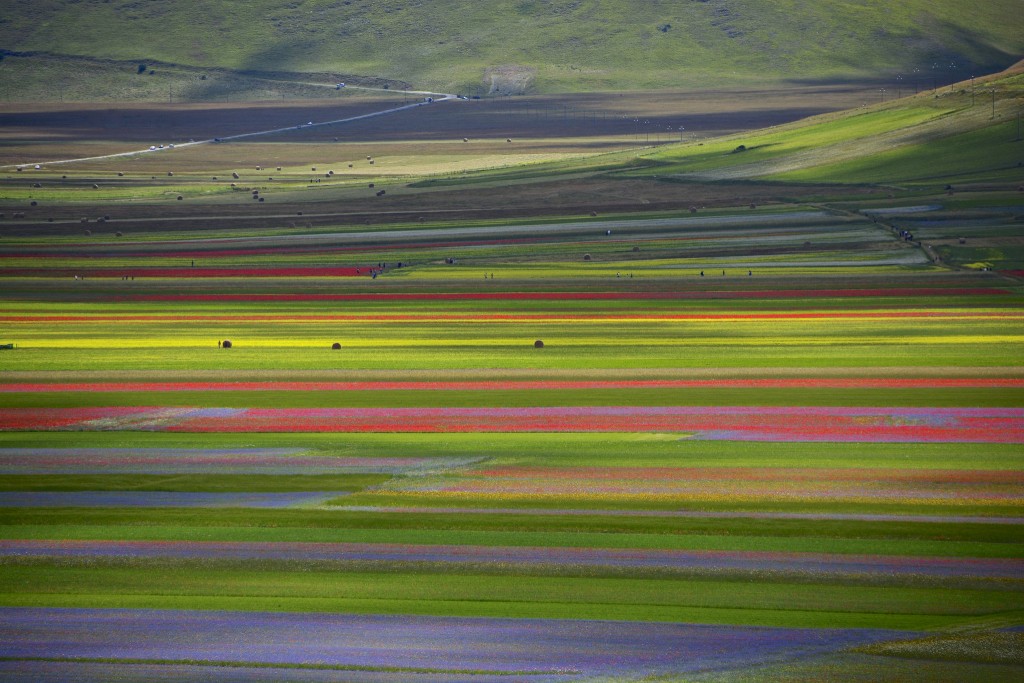
Photo courtesy of Antonio Cinotti ( CC )
Castelluccio di Norcia is a beautiful little town, well known for its lentil’s and situated in the Mount Sibillini National Park. Between late May and early July (depending on weather), you will find the plateau near Mount Vettore transform into a rainbow bursting with colours.
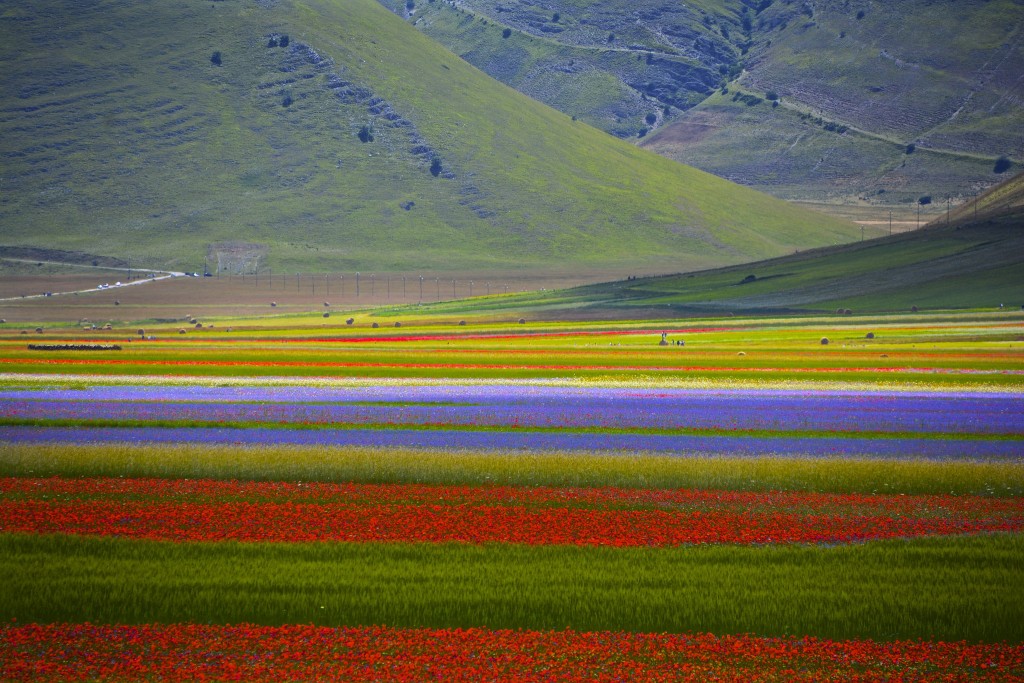
The flowers are a mixture of lentils but also you may see narcissuses, buttercups, violets, poppies, Eugenia’s violet’s, oxalis, clovers and much more. Each year the plain’s erupt in entirely different colours, you cannot predict which flowers will be the dominant colour or species.
![]() To stay up to date with the flowers of Castelluccio di Norcia, take a look at the Fioritura Castelluccio di Norcia Facebook page.
To stay up to date with the flowers of Castelluccio di Norcia, take a look at the Fioritura Castelluccio di Norcia Facebook page.
8. Swiss Alps, Switzerland
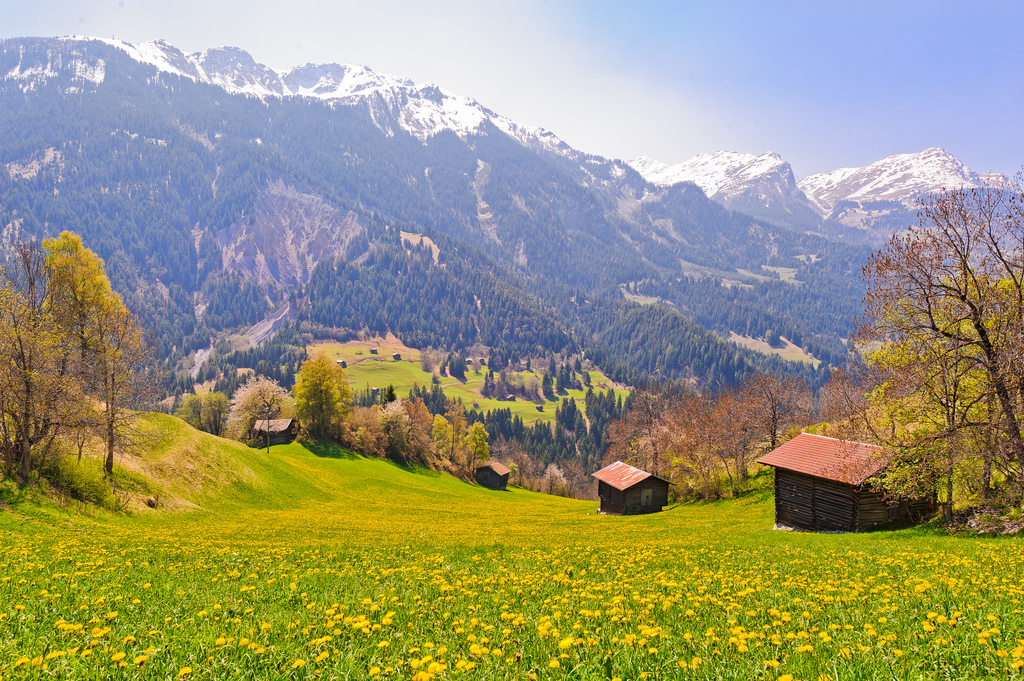
Photo courtesy of Tambako the Jaguar ( CC )
Switzerland has over 60,000 kilometres of well maintained and historic walking tracks span the Swiss Alps with tracks suiting all hikers. From Mid-June to Mid-August the lush valleys and mountain fields explode into a myriad of wildflower colours. Even if you miss the fields of flowers, you will not be disappointed with what the Swiss Alps have to share with you. Your eyes will give you a hug (not literal) for indulging them in the huge variety of wildflower colours, from blue, to purple, yellow to pink, green to white and all many more shades.
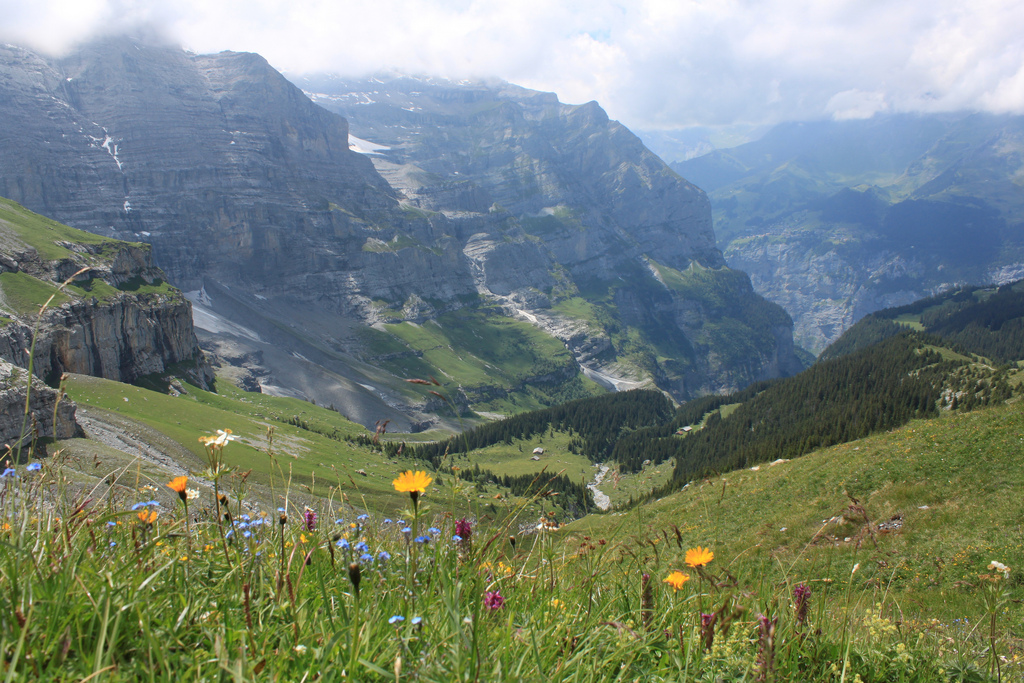
Photo courtesy of Col & Tash ( CC )
A few of the Alpine flowers are endangered, much more are protected, and a couple of them are poisonous! So follow the Swiss Alp’s national park motto: Take nothing but pictures, leave nothing but footprints on marked trails! While you explore the pristine wilderness, you may see a few flowers including Orchids, Gentians, Daisies, Rhododendron’s, Bell-flowers, buttercups, Saxifraga, Alpine rock Jasmine and of course, Switzerland’s national flower the Edelweiss. (plus a whole lot more!)
![]() Connect with ‘Switzerland. Get natural’ for any further information on things to see and do in Switzerland.
Connect with ‘Switzerland. Get natural’ for any further information on things to see and do in Switzerland.
9. Everlastings (Rhodanthe spp.) Western Australia
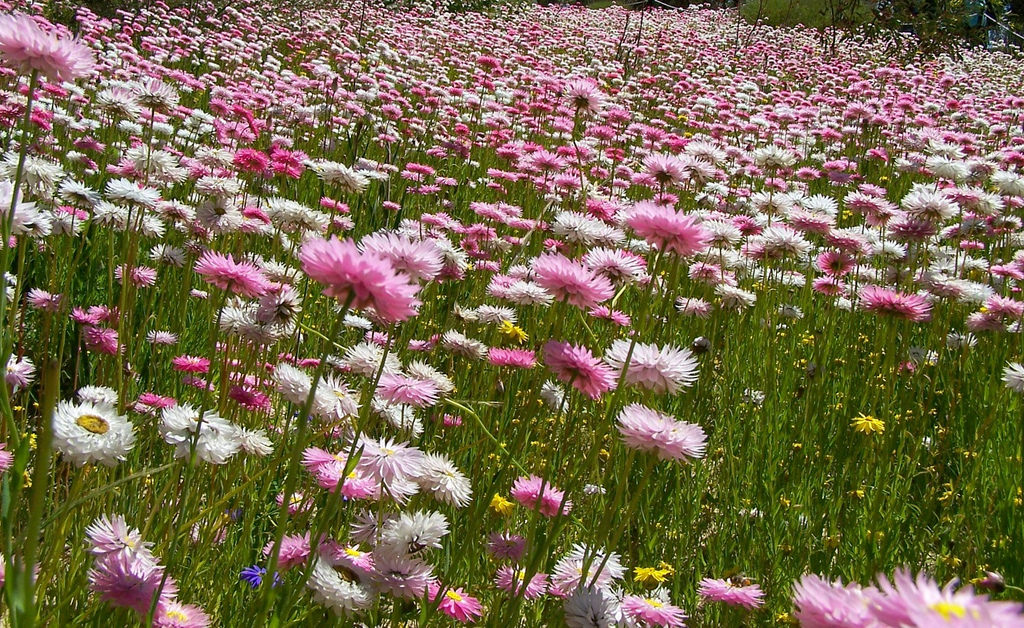
Photo courtesy of YAZMDG Image is subject to Copyright ©
Western Australia is the place to see in Australia for flower lovers. Western Australia is home to over 12,000 species of flowers with sixty percent of these flowers can only be found here. Everlastings are native to Western Australia where they carpet massive areas of the countryside, roadsides and gardens during the spring. Kings Park in Perth is an excellent place to see a lot of Western Australia’s native flowers, including the Everlastings and the park, is located very close to the city, perfect for a day trip.
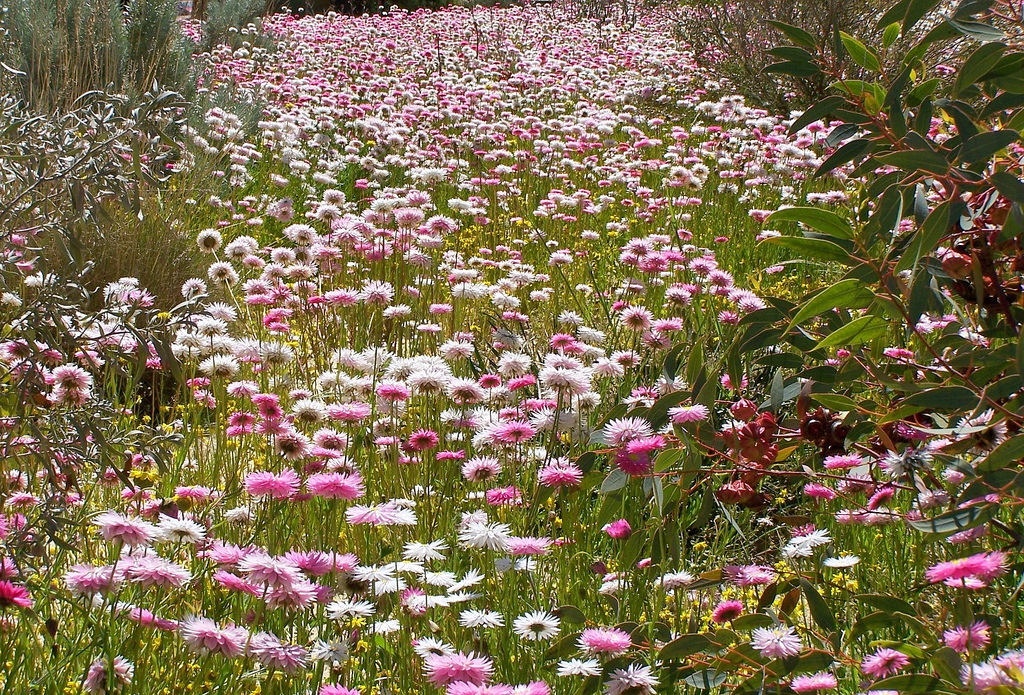
Photo courtesy of YAZMDG Image is subject to Copyright ©
Everlastings are very hardy and adaptable and can spring up anytime the conditions suit. Flowering period lasts 4 to 10 weeks and the best time to see these beautiful fields of flowers in the wild is between August and November. Check out our Australian Wildflowers for more.
![]() Visit Everything Geraldton Facebook page for some quality information on Western Australia flowers and other great Geraldton and WA things.
Visit Everything Geraldton Facebook page for some quality information on Western Australia flowers and other great Geraldton and WA things.

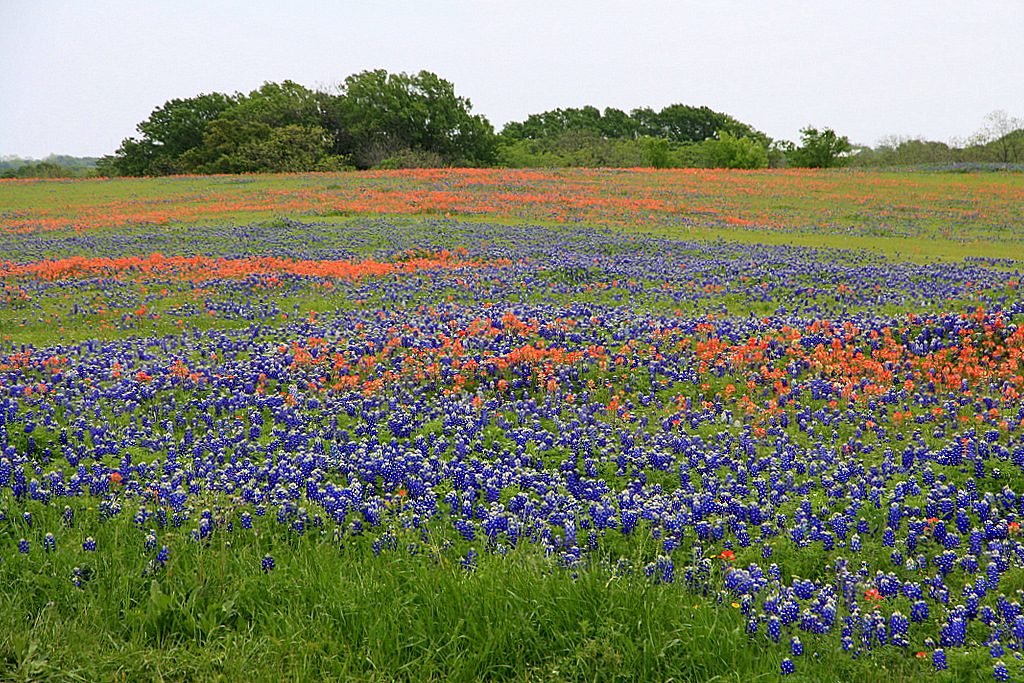
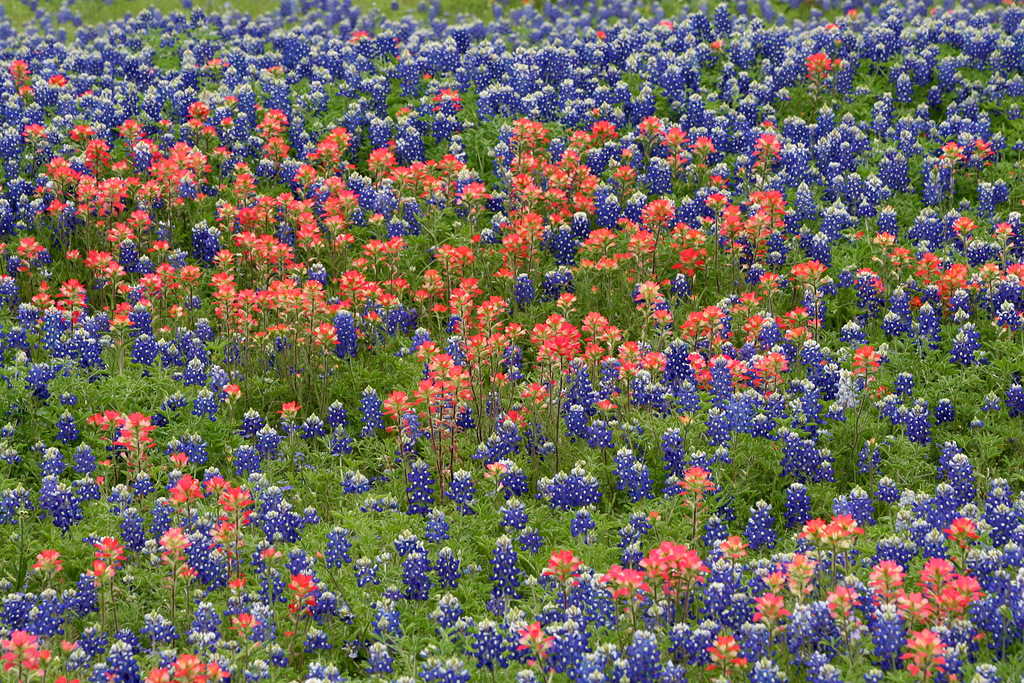
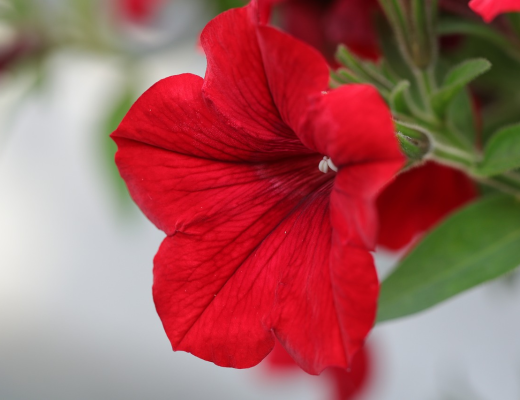
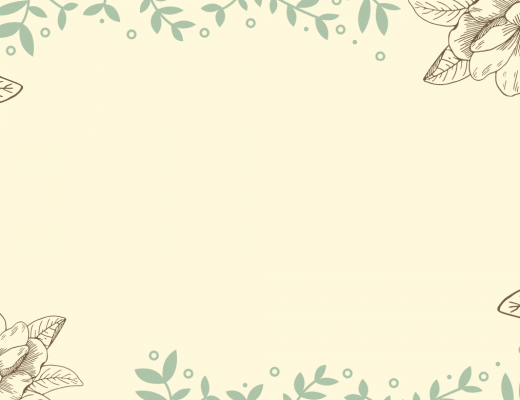
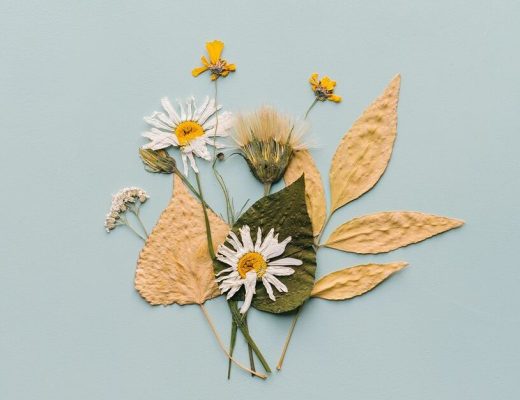
7 Comments
Steve Ovens
June 26, 2016 at 6:04 amWow…All these pics and views are mesmerizing… feels like you are in the lap of nature this very moment.. Kudozz to the blogger… thanx for sharing such a wonderful post.. Made my day. ..Cheers
Justin Hughes
June 26, 2016 at 9:59 amThanks for the nice comment Steve. The people who took all these photos deserve to have them seen and it’s great that they are being appreciated.
David Morris
June 26, 2016 at 6:30 pmWell done guys, some really nice photos from around the world, thank you for sharing them with us.
Justin Hughes
June 27, 2016 at 12:58 amYou’re welcome David, thank you for checking them out.
Bhushan Jagtap
May 25, 2017 at 6:40 amWow what a wonderful pictures..never seen before thanks for sharing it,a good research,well done guys.
Allan @ Florist Supplies
August 3, 2018 at 1:44 amThis is so great! I love how you manage to have these lovely photos across the world. As a florist, I love seeing these kinds of scenery. Thank you for sharing this and keep posting like this. Good job mates 🙂
7
June 2, 2019 at 12:30 am6